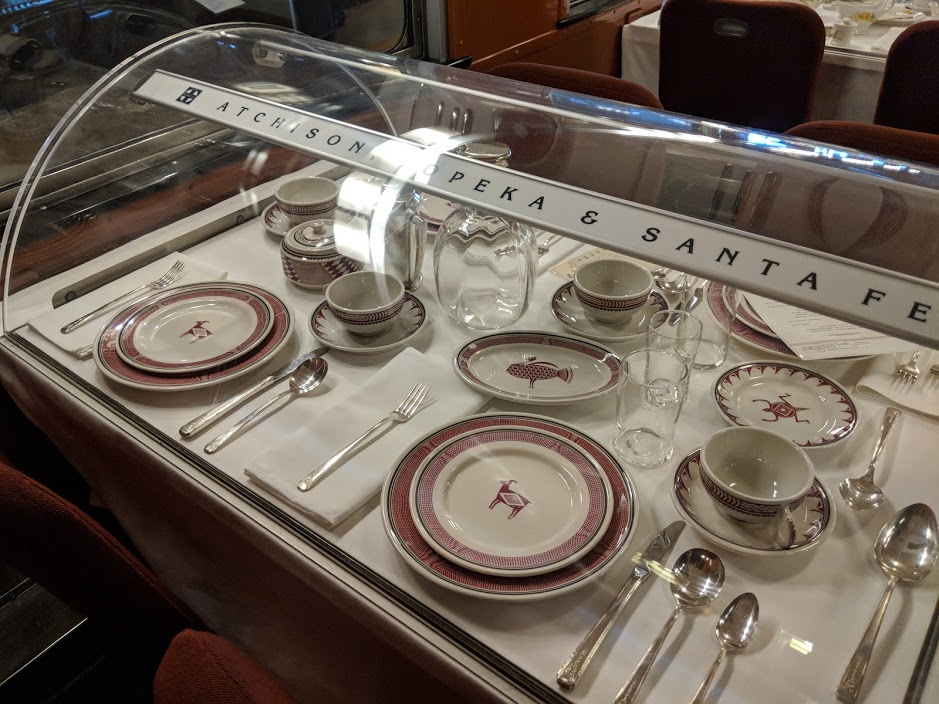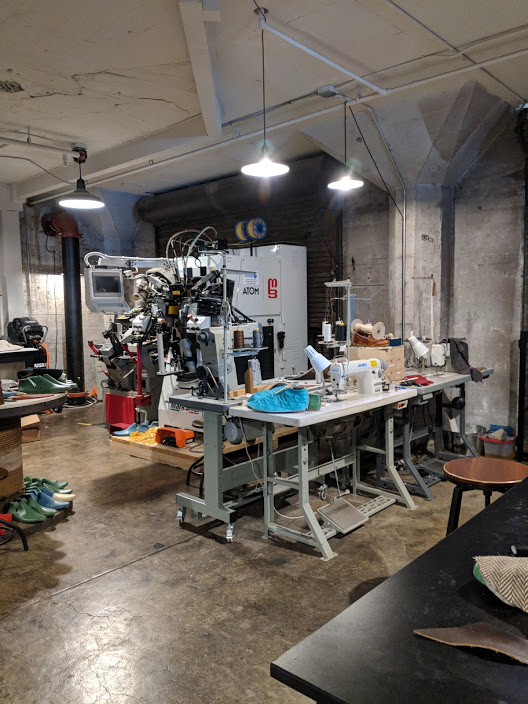Electronic devices never seem to last very long. The fancier they get, the shorter their usable lifetimes (think smartphones vs flip phones).
Planned obsolescence is a major part of this. It is manifest in such design choices as soldering the battery to the phone case, or putting the battery underneath the motherboard. Doing this makes it really hard to replace the battery. You can’t do it yourself, so you have to pay someone else to do it. The difficulty of the repair makes it more expensive and more likely to break or damage something else in the device. You probably won’t be able to replace the battery more than once.
Next time you’re in the market for a phone, keep these things in mind to get a longer-lasting mobile phone. Basically,
- if feasible for your needs, get a simple phone
- consult the iFixit list of phones by repairability (notice that the newest highly repairable phone is from 2016)
- if you can’t get a highly-repairable phone, at least get one with an easily replaceable battery
- extend the usable life of your phone by installing other operating systems once your phone no longer gets security updates (you may need advanced technical know-how to do this!).
I probably won’t need to buy a new phone for a long time. I’ve used a cheap candy bar phone for everyday use since 2012 (with a free upgrade to a 3G phone when 2G was being phased out). I use a J cast-off phone (Google Nexus 5) for traveling. In fact, I’ll probably be able to provide for all of my phone needs using old phones of J’s 😛
If I did need a new phone, I’d either: buy a used one that is listed as highly repairable by iFixit, or buy a Fairphone (pending additional research, although the concept alone is extremely appealing).
The Fairphone is a modular Android phone made with ethically-sourced materials and components (Wiki). It was specifically designed to be easy to repair and upgrade without throwing the whole phone away. The end goal is device longevity. But the Fairphone isn’t perfect.
- Unfortunately, support for the Fairphone 1 has already ended, only 2-3.5 years (depending on batch) after the device’s release, partly due to poor choice of SoC. This is worse than Apple, which generally supports devices for 5 years. Fairphones are only sold in Europe (although they are unlocked and would presumably work in most countries).
- Replacement (e.g. battery, screen) and upgrade (e.g. camera) modules are available only from Fairphone, whereas components of other phones are not proprietary and can be bought from various suppliers. Fairphone is such a small company that it could go out of business at any time.
- Because of the small size of the company and ethical sourcing requirements, the phone is relatively expensive for its specs. The Fairphone 2 was €529 (~$650), which although on par with other high-end smartphones is expensive for, e.g. it’s camera quality, lack of USB-C, etc.
- The modularity of the phone means that it is a little bulky (11 mm thick).
The Fairphone 3 will be released sometime in 2018. Previous models have only been available in Europe; it is unclear if the Fairphone 3 will be available on other continents. Fairphone is aiming to support the Fairphone 3 longer by, for example, stocking up on repair components that are in high demand. The Fairphone 3 will be a smaller, less fancy smartphone with a correspondingly lower price of ~$500. (It is unclear why Fairphone feels the need to release additional phones at all. Shouldn’t they be making modules to update the Fairphone 1?)
Edit: J says to use swappa.com to buy used phones. Devices sold on eBay tend to be stolen D:


















































